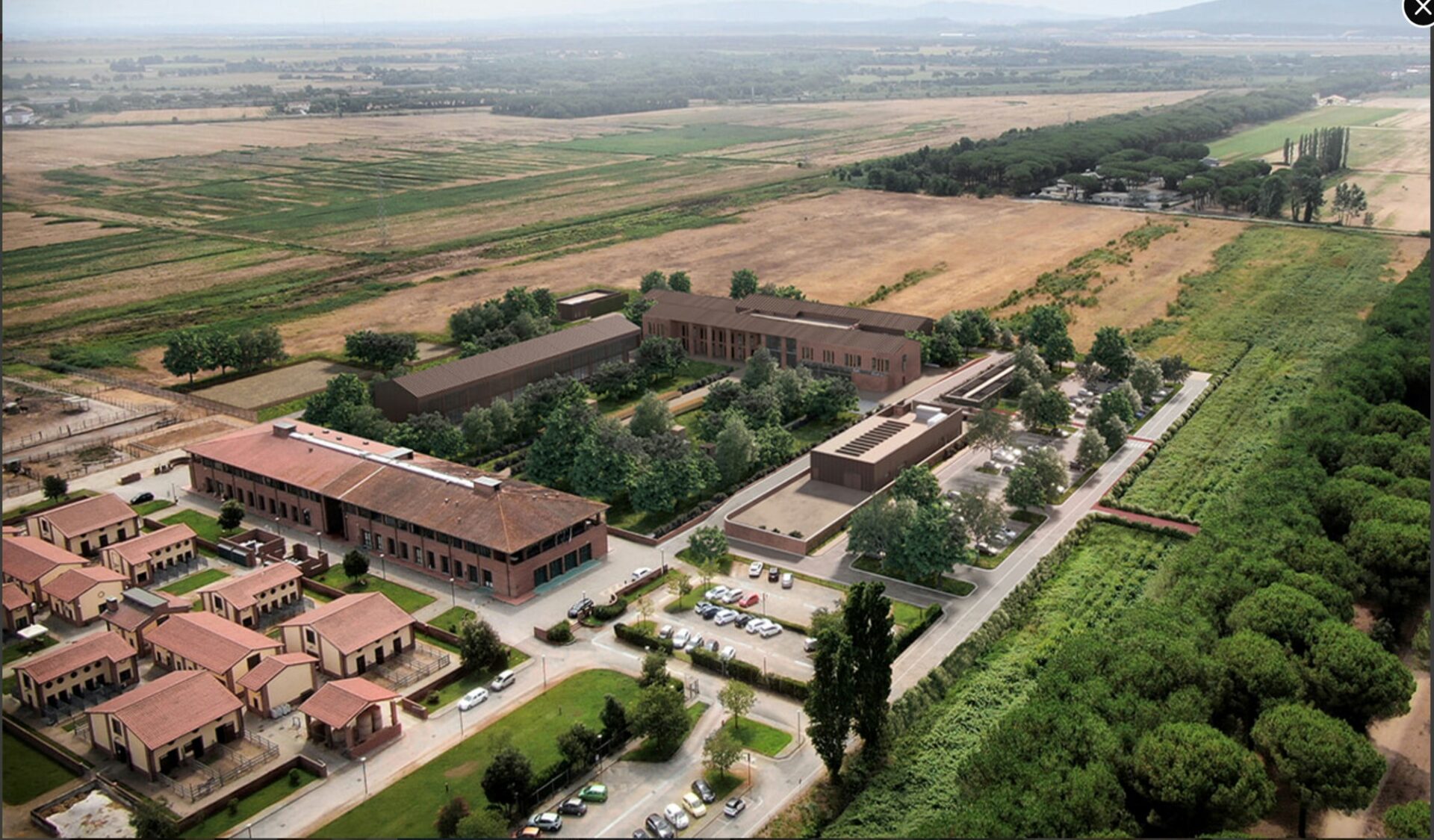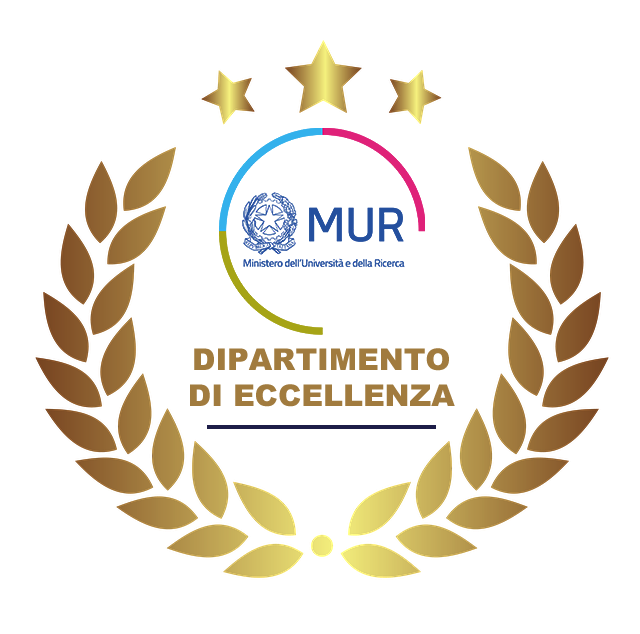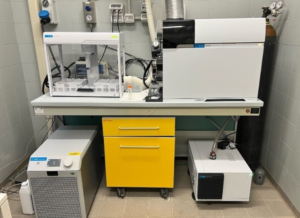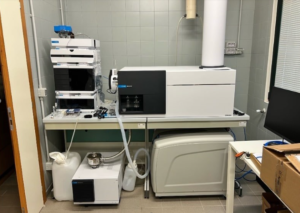

OSCAR
Open Science in Co-Creative Animal Research
The OSCAR Project of Excellence: a departmental development project
Oscar
The OSCAR Excellence Project is a departmental development initiative that outlines the DSV’s research priorities and shapes its strategic plan.
Goals
- Strengthen the research structure by recruiting personnel and investing in technologically advanced equipment and instrumentation.
- Introduce new research methods through Open Science actions and responsible research, by organizing Co-Creation Labs—spaces for the collective construction of knowledge among researchers, stakeholders, and society. These labs foster the exchange of research questions and actions of collective interest, providing more targeted answers to society’s research needs.
- Improve the work organization of the DSV and enhance the operation of laboratories and internal processes (CAVE).
- Enhance vocations, specificities, presence, multidisciplinary attitudes, and skills.
To achieve these goals, the OSCAR Project envisions a new departmental organizational structure based on Co-Creation Labs (CCLs), designed as spaces where DSV researchers and stakeholders collaborate on key research topics:
- Animals: care and understanding.
- Animals and people: interfaces in public health and relationships.
- Animals and the environment: exploring the positive and problematic impacts of farming activities on the environment, and vice versa.
The Project of Excellence is coordinated by the Project of Excellence Coordinating Group (GCPE) and supported by an Advisory Board (AB), composed of qualified individuals representing veterinary sciences, selected through a public call for proposals.
The Veterinary Analytical Center of Excellence (CAVE) aims to develop a departmental center with autonomy in managing DSV laboratory activities.
The Co-Creation Labs (CCLs) serve as places for discussion and development of research and higher education in the field of veterinary sciences.
Co-creation lab CCL

1. Animals: CCL1
a. Knowledge of animals: studies the structure and function of animal organisms—from the cellular level to the population level, under normal and pathological conditions—disease-causing agents, and the action of bioactive substances.
b. Animal care: focuses on early diagnosis and targeted treatment of diseases in companion, farm, and wild animals, including the development of innovative diagnostic and teaching methods.

2. Animal-People Interactions: CCL2
a. Focus on relationships: examines behaviors, modes, and outcomes of interactions and relationships for companion, farm, or wild animals (welfare, ethology, control) and for people (AAI and social farming).
b. Focus on animal-derived products: as a nutritional resource for society (consumption ethics, markets, quality, food inspection, novel foods) or as potential carriers of diseases (infectious and parasitic zoonoses, foodborne diseases).

3. Animal-Environment Interactions: CCL3
a. Impacts and sustainability of agro-livestock production: positive externalities (soils, organic matter, biodiversity, land and landscape management) and negative externalities (pollutant production, non-renewable resource consumption) on environmental resources and socioeconomic impacts.
b. Impact of environment and climate on animals: research on the effects of climate change and pollutants on animals (genetic adaptations and welfare), production, and people.
Veterinary Analytical Center of ExcellenceCAVE
From the point of view of laboratory facilities for research, the OSCAR Project envisions the establishment of a Veterinary Analytical Center for Excellence (CAVE) with the task of organizing the infrastructure of the DSV; making and managing investments for research development of laboratories; and continuing the introduction of quality processes (ISO standards), open to the territory and external users, to develop research and collaboration within the DSV and with external stakeholders.
CAVE has been equipped with investments in analytical research equipment including:
Next Generation Sequencing technology on MiSeq platform (Illumina) in conjunction with Agilent TapeStation 2200 system (Agilent) The application of NGS technologies will allow large genomes to be characterized or target regions to be sequenced simultaneously from a large number of samples. The technique allows obtaining research data useful for multiple groups (biologists, epidemiologists, infectiologists, entomologists, parasitologists, anthropologists, zoologists, pathologists etc) dealing with public health and addressing aspects related to today’s challenges of climate, social, demographic changes and impacts on the spread of known or emerging pathogens in a One Health logic. In the field of food inspection it will provide a useful tool to support food authentication, aimed at detecting food fraud (commercial and/or health) and consumer protection.

ICP-MS Agilent 7850
Mass spectrometer with inductively coupled plasma ionization (ICP-MS). It performs analysis of most chemical elements at trace levels in aqueous solutions or extracts from solid matrices. The technique is suitable for the chemical characterization of various materials in the agro-food, environmental, biological, geochemical, and material science fields.

LC-MS QTOF Agilent 6546
Liquid chromatography system interfaced with a high-resolution time-of-flight mass spectrometer. The QTOF system is designed to make MS analyses faster, easier, and more productive, for pharmaceutical research, food safety analysis, forensic/toxicology studies, environmental analysis, metabolomics, or lipidomics.

Nikon Spatial Array Confocal Detector (NSPARC)
The new Nikon Spatial Array Confocal (NSPARC) detector uses an ultra-low noise detector array to collect a two-dimensional image at each scanned point. This image scanning microscopy method improves the signal-to-noise ratio by increasing the available signal level while enabling imaging with lower excitation power. Single-photon sensitivity and array detection extend the capabilities of the AX system, revealing invisible details in every image; array detection pushes resolution limits beyond theoretical boundaries.
